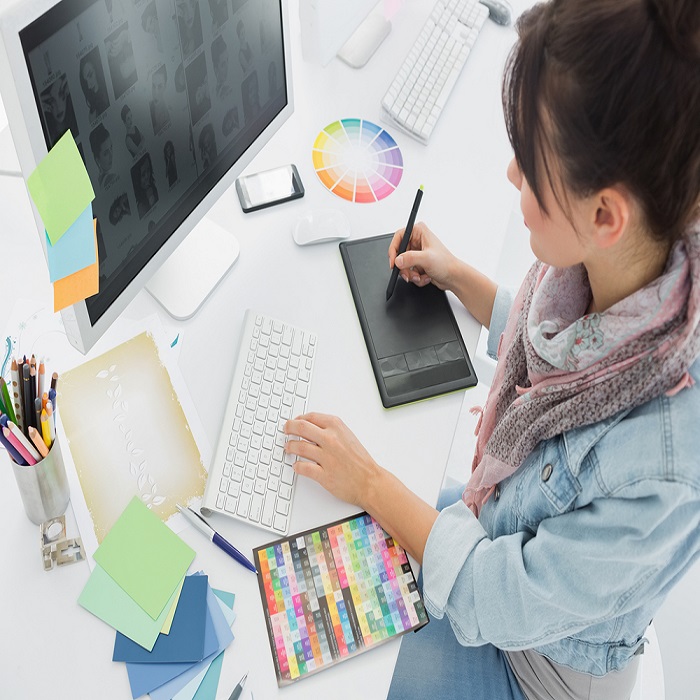#FutureForward: Tap into your inner emotions through design
In our #FutureForward series we ask members of our ruckus family to share their insights into what two skills they think will still be relevant in public relations, communications, marketing and digital in 30 years.
Vanessa Cuartas , integrated media designer at ruckus Digital, discusses the various layers of design that are directly related to emotion.
Every morning we wake up to a whole new different day, but something you may not realize that remains constant are the various emotions that we go through daily when interacting with different products. Whether it is our Starbucks app to get our coffee, our Spotify app to listen to our music, or just interacting with our computers at work, all these interactions cause an emotion.
This is why in the world of design; emotional design is something that will not be going away anytime soon – even 30 years from now it will still be relevant. Designers now more than ever have to take into consideration the emotions users may experience when interacting with their products.
“Emotional design strives to create products that elicit appropriate emotions, in order to create a positive experience for the user,” according to the Interaction Design Foundation.
In the book Emotional Design: Why we love (or hate) everyday things,
Don Norman talks about the three different levels of the emotional system: the visceral, behavioural and reflective levels. These levels heavily influence design in their own way.
Visceral design taps into our immediate reactions when encountering a product, basically is it love at first sight. At this level, we are essentially looking at the product’s branding.
Behavioural design is all about how we interact with a product, how it performs or how easy it is to learn to use. For example, this could be the pleasure to be able to find a contact on your phone or the difficulty of typing on a small screen. The behavioural level taps into the emotions you feel when accomplishing or failing to complete our goals.
Reflective design is all about how the product makes us feel after we’ve used it, for example, or how we feel when we don’t have it. Do we feel a sense of fomo, for example?
By taking a closer look at these different levels, designers will have a better sense of what they are creating for the world and their consumers. These levels will allow them to think deeper about how their product not only looks, but how it will be used and the feeling the users will get when it has been used.
Vanessa Cuartas is an integrated media designer at ruckus Digital. Need help with your social media approach? Drop us a line.

